Date: 14 December 2009
The renowned Swiss architect Le Corbusier, back in the 1920s, commented that the history of architecture is the history of the window. At that time, in the context of what had gone before, it was an apt definition, recognising the fundamental importance of light in building design.However, it’s now a fairly limiting definition of what modern glass and glazing systems can achieve, with technological advances now allowing for hitherto impossibly large expanses of glass to be used – and in applications that the good Le Corbusier could not have imagined.There is, however, another defining aspect to glass in modern architecture and how it reflects a new resonance between the conflicting agendas of God and mammon. Let me explain.Once upon a time, architecture was about balancing form and function and designing a built environment that enhanced its surrounding structures. It was about sensitivity to what was already there whilst creating functional buildings that people wanted to live and work in. In that respect, the history of architecture – not just the window - is also about buildings that feed the soul; the grandiose and landmark structures that help to define civic or national pride and identity - buildings that are both an ideal and an idea, embracing concepts of nationhood or social progress.More than that, architecture has also helped to define the infinite: the buildings that represent our relationship between the temporal and the eternal. Whatever God you offer prayers to, He (or She) can be found in a church, mosque, synagogue, chapel or temple near you. In that sense, the architecture of religion offers a parallel belief structure for its adherents: from the sublime forgiveness of the Cistine Chapel to the bleak rigidity of a Presbyterian chapel. Their architecture says it all and, in a very real sense, the buildings in which we worship reflect what we believe and our personal vision of the everlasting.The cathedrals of the soul stand testimony to the grandiloquence of religious belief and the ingenuity of architects and builders down the ages to interpret those shared beliefs in stone and glass. Now, with Western religion seemingly in decline, the old cathedrals are becoming places to visit rather than places in which to worship. The days of building great religious buildings has passed. The landmark churches that we have are likely to be the only ones that we’ll ever have. Well, maybe.Because it seems to me that a new form of secular cathedral has been springing up, and quite possibly in a neighbourhood near you; fuelled by relative wealth (okay, maybe until recently), ease of transport and by a benign, if distinctly secular, form of capitalism. Once we bartered our goat for a handful of corn; we thought that the folk down the road lived on the other side of the world. Now we can worship afresh: witness the new architecture of the shopping centre – the modern cathedrals that fulfil our flights of retail fancy.Within the opulence of the modern shopping centre the balance between form and function has tipped hugely towards form. The most modern of shopping malls are immense, soaring structures in glass and light designed to free the soul and unlock the wallet. Changed days from bland concrete and, well, more bland concrete.Glass and glazing systems are an integral part of the new secular cathedrals, blending the temporal with the infinite. They provide light, internal temperature control, and modern fire resistance. Couple those advantages with the larger spans that are now available using steel glazing systems, and there are few limits to what can now be achieved using glass within an appropriate glazing system.So next time you visit a large, modern shopping centre, have a good look around you. In these vaulted palaces, God and mammon now seem to share the same space - fuelled by glass and glazing technologies that have allowed architects to find new ways to express our innate sense of shopping heaven. The fact is that we can now do so many different things with glass: Low-E, insulation, noise reduction, tints, large span – the list is growing all the time. We can make glass solutions work in places where many designers still specify concrete, and all made possible by high-quality steel glazing systems.Le Corbusier was right, but only up to a point. His comment, made nearly a century ago, saw glass only in terms of the aesthetics of the window.Now, we can use glass on floors, walls, ceilings and everywhere in between. It can be used to let in heat or light, or keep it out as well as providing the highest levels of fire and blast resistance.The history of architecture as the history of the window? Maybe, but a far better definition for the 21st century might be, simply, that the history of architecture is the history of glass.Your local shopping centre and a great cathedral may not be on an architectural par but both are designed to appeal subliminally to our instincts. A loaf of bread or bread of Heaven? You decide. However, whatever your view, on behalf of everyone at Wrightstyle, have a very happy Christmas!EndsThe image is of Langham Place, a HK$3.1 Billion commercial and retail development in Hong Kong, for which Wrightstyle supplied protective systems.For further technical information, please contact Lee Coates+44 (0) 1380 722 239lee.coates@wrightstyle.co.ukFor further media information on Wright Style Ltd, please contactCharlie Laidlaw, David Gray PR+44 (0) 1620 844736 or (mobile) +44 (0) 781 6543054charlie@davidgraypr.comJane Embury of Wrightstyle, an international supplier of specialist glass and glazing systems, believes that the architecture of God and mammon is becoming the same thing.
The renowned Swiss architect Le Corbusier, back in the 1920s, commented that the history of architecture is the history of the window. At that time, in the context of what had gone before, it was an apt definition, recognising the fundamental importance of light in building design.
However, it’s now a fairly limiting definition of what modern glass and glazing systems can achieve, with technological advances now allowing for hitherto impossibly large expanses of glass to be used – and in applications that the good Le Corbusier could not have imagined.
There is, however, another defining aspect to glass in modern architecture and how it reflects a new resonance between the conflicting agendas of God and mammon. Let me explain.
Once upon a time, architecture was about balancing form and function and designing a built environment that enhanced its surrounding structures. It was about sensitivity to what was already there whilst creating functional buildings that people wanted to live and work in.
In that respect, the history of architecture – not just the window - is also about buildings that feed the soul; the grandiose and landmark structures that help to define civic or national pride and identity - buildings that are both an ideal and an idea, embracing concepts of nationhood or social progress.
More than that, architecture has also helped to define the infinite: the buildings that represent our relationship between the temporal and the eternal. Whatever God you offer prayers to, He (or She) can be found in a church, mosque, synagogue, chapel or temple near you.
In that sense, the architecture of religion offers a parallel belief structure for its adherents: from the sublime forgiveness of the Cistine Chapel to the bleak rigidity of a Presbyterian chapel.
Their architecture says it all and, in a very real sense, the buildings in which we worship reflect what we believe and our personal vision of the everlasting.
The cathedrals of the soul stand testimony to the grandiloquence of religious belief and the ingenuity of architects and builders down the ages to interpret those shared beliefs in stone and glass.
Now, with Western religion seemingly in decline, the old cathedrals are becoming places to visit rather than places in which to worship. The days of building great religious buildings has passed. The landmark churches that we have are likely to be the only ones that we’ll ever have. Well, maybe.
Because it seems to me that a new form of secular cathedral has been springing up, and quite possibly in a neighbourhood near you; fuelled by relative wealth (okay, maybe until recently), ease of transport and by a benign, if distinctly secular, form of capitalism.
Once we bartered our goat for a handful of corn; we thought that the folk down the road lived on the other side of the world. Now we can worship afresh: witness the new architecture of the shopping centre – the modern cathedrals that fulfil our flights of retail fancy.
Within the opulence of the modern shopping centre the balance between form and function has tipped hugely towards form. The most modern of shopping malls are immense, soaring structures in glass and light designed to free the soul and unlock the wallet. Changed days from bland concrete and, well, more bland concrete.
Glass and glazing systems are an integral part of the new secular cathedrals, blending the temporal with the infinite. They provide light, internal temperature control, and modern fire resistance. Couple those advantages with the larger spans that are now available using steel glazing systems, and there are few limits to what can now be achieved using glass within an appropriate glazing system.
So next time you visit a large, modern shopping centre, have a good look around you. In these vaulted palaces, God and mammon now seem to share the same space - fuelled by glass and glazing technologies that have allowed architects to find new ways to express our innate sense of shopping heaven.
The fact is that we can now do so many different things with glass: Low-E, insulation, noise reduction, tints, large span – the list is growing all the time. We can make glass solutions work in places where many designers still specify concrete, and all made possible by high-quality steel glazing systems.
Le Corbusier was right, but only up to a point. His comment, made nearly a century ago, saw glass only in terms of the aesthetics of the window.
Now, we can use glass on floors, walls, ceilings and everywhere in between. It can be used to let in heat or light, or keep it out as well as providing the highest levels of fire and blast resistance.
The history of architecture as the history of the window? Maybe, but a far better definition for the 21st century might be, simply, that the history of architecture is the history of glass.
Your local shopping centre and a great cathedral may not be on an architectural par but both are designed to appeal subliminally to our instincts. A loaf of bread or bread of Heaven? You decide.
However, whatever your view, on behalf of everyone at Wrightstyle, have a very happy Christmas!
Ends
The image is of Langham Place, a HK$3.1 Billion commercial and retail development in Hong Kong, for which Wrightstyle supplied protective systems.
For further technical information, please contact
Lee Coates
+44 (0) 1380 722 239
For further media information on Wright Style Ltd, please contact
Charlie Laidlaw, David Gray PR
+44 (0) 1620 844736 or (mobile) +44 (0) 781 6543054



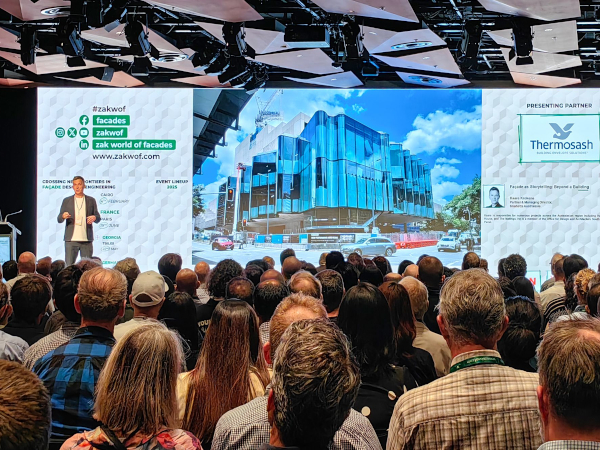
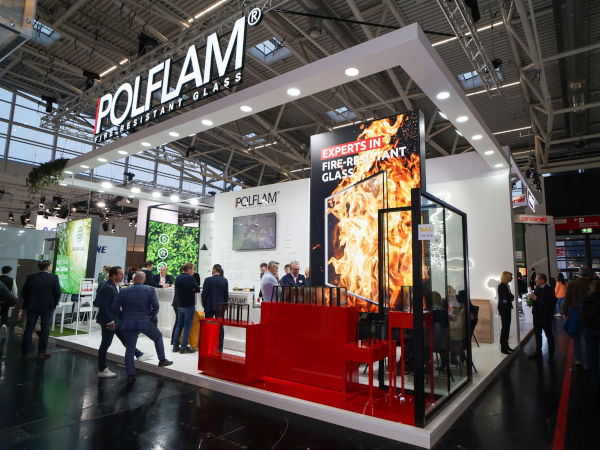
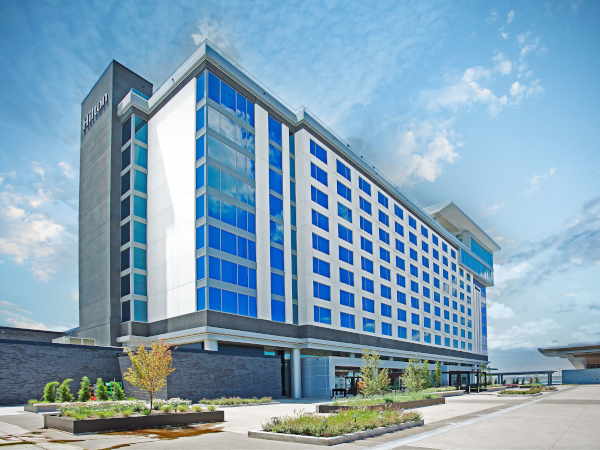





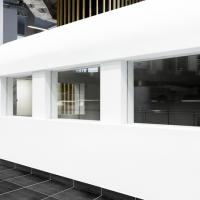


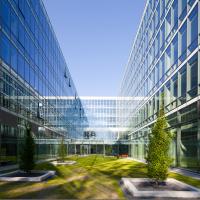

Add new comment